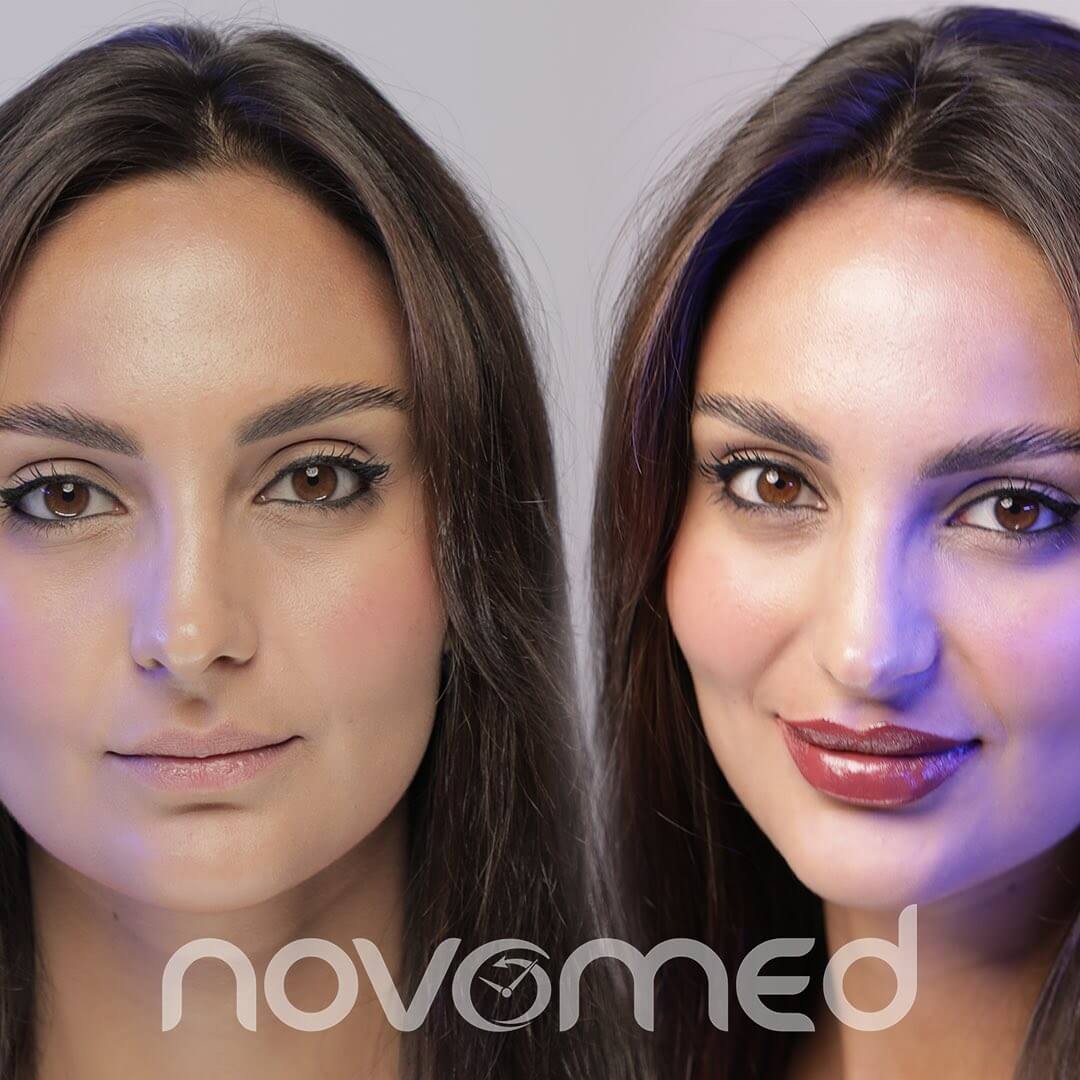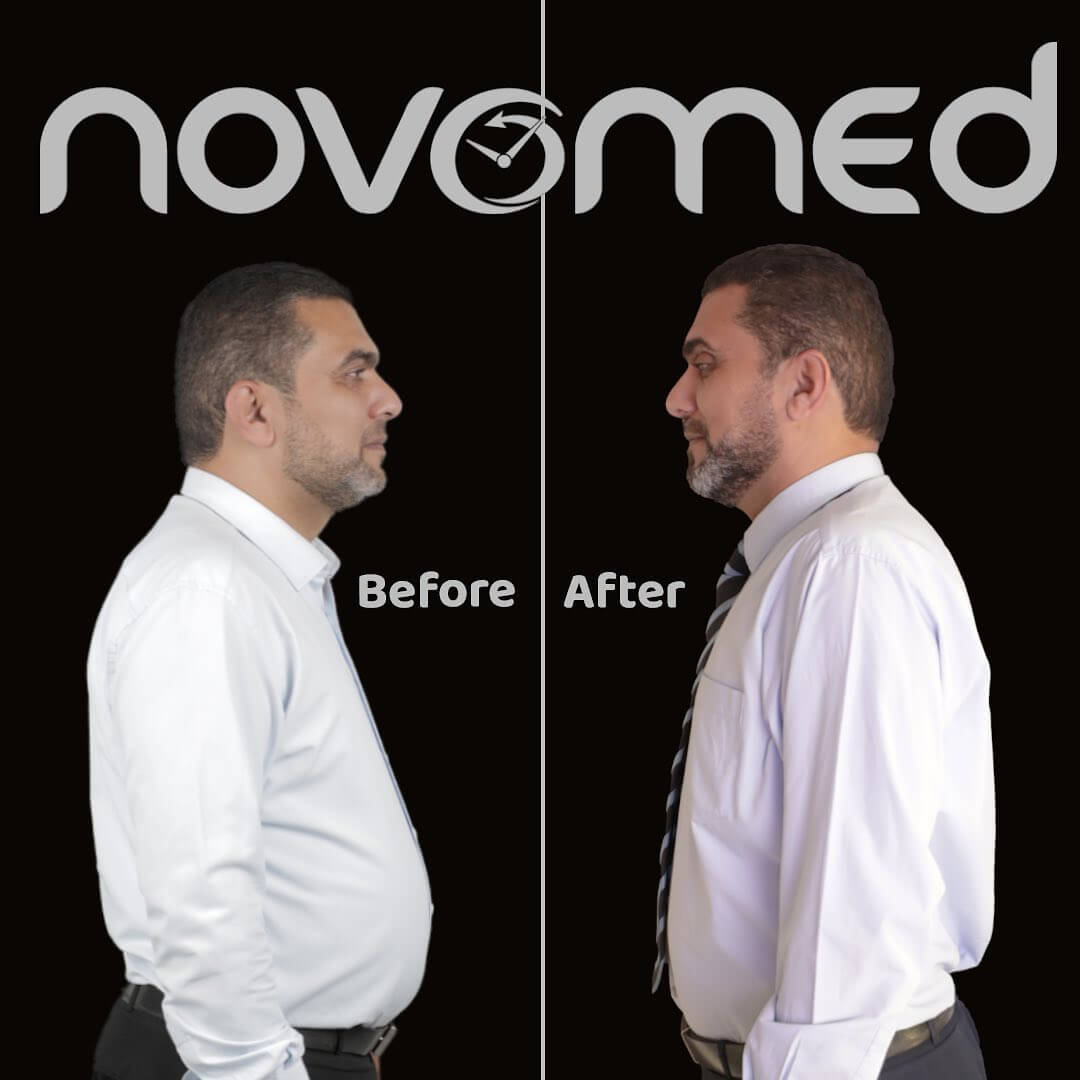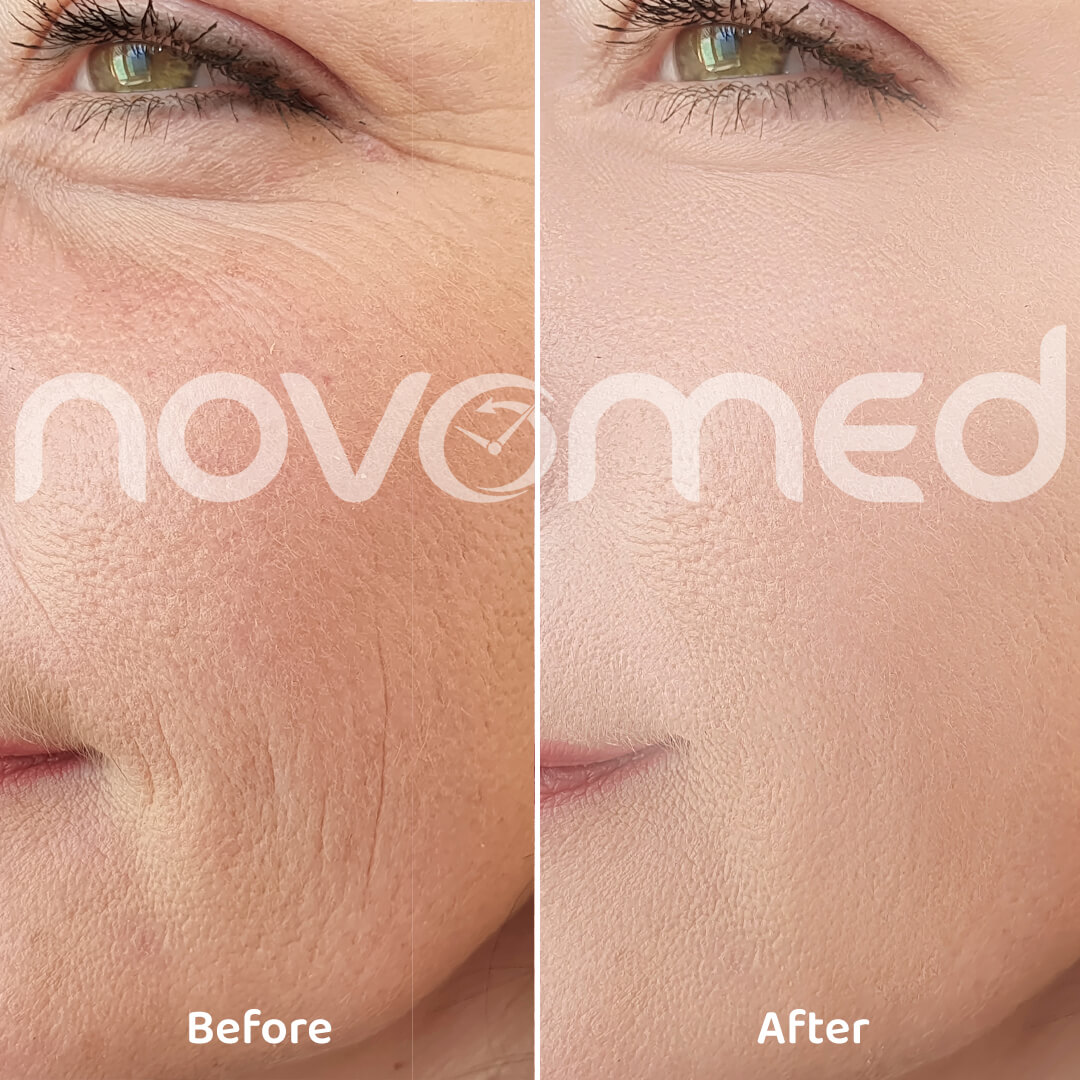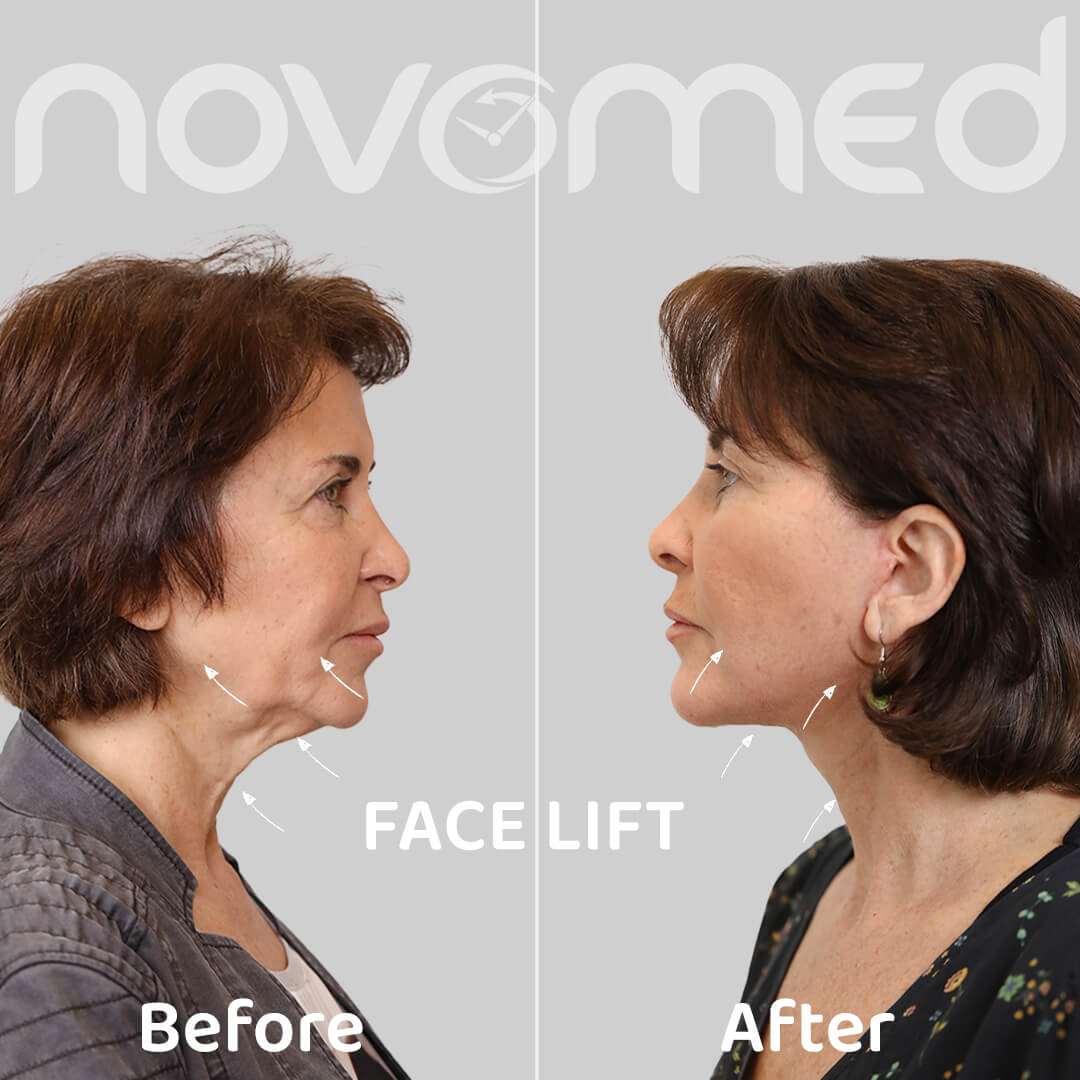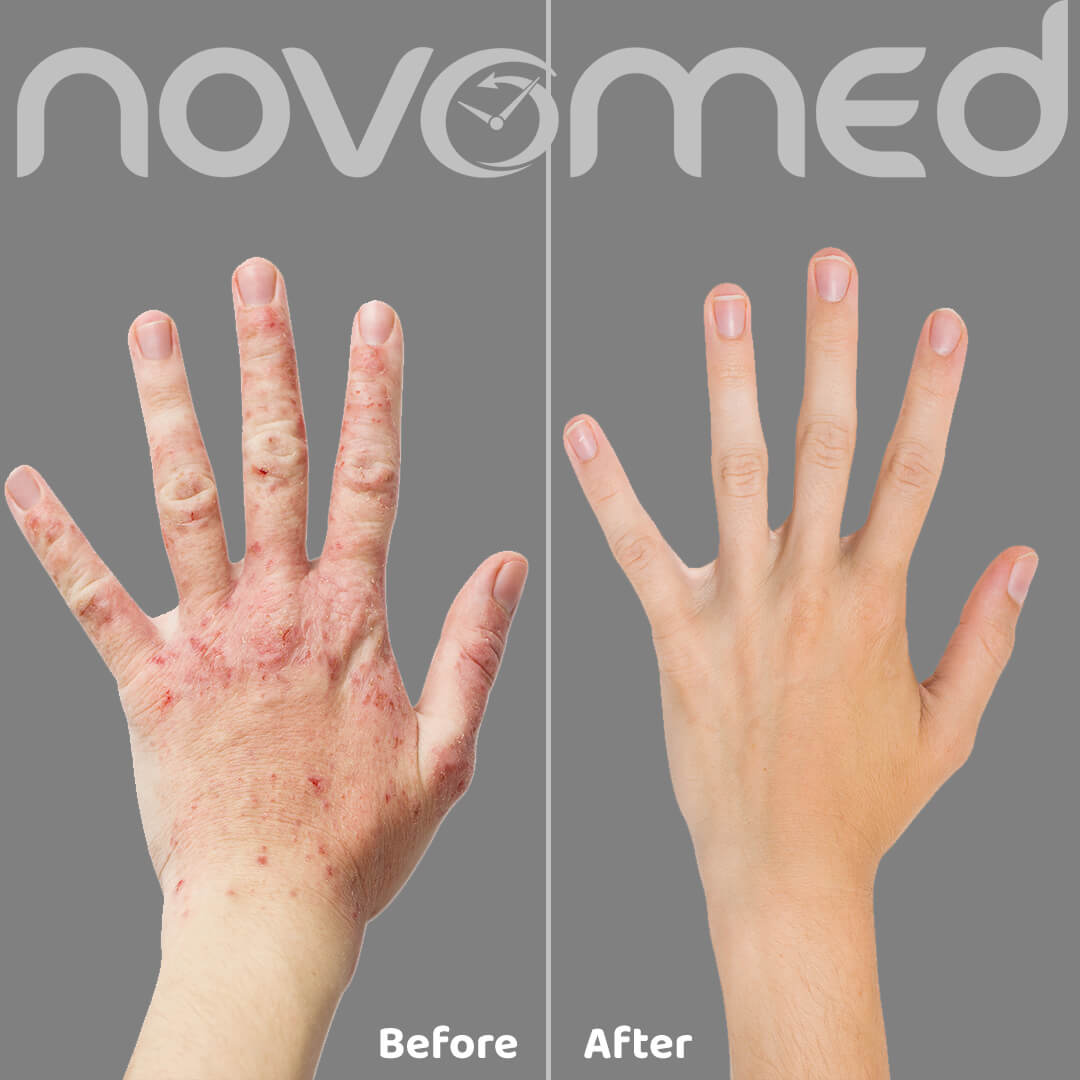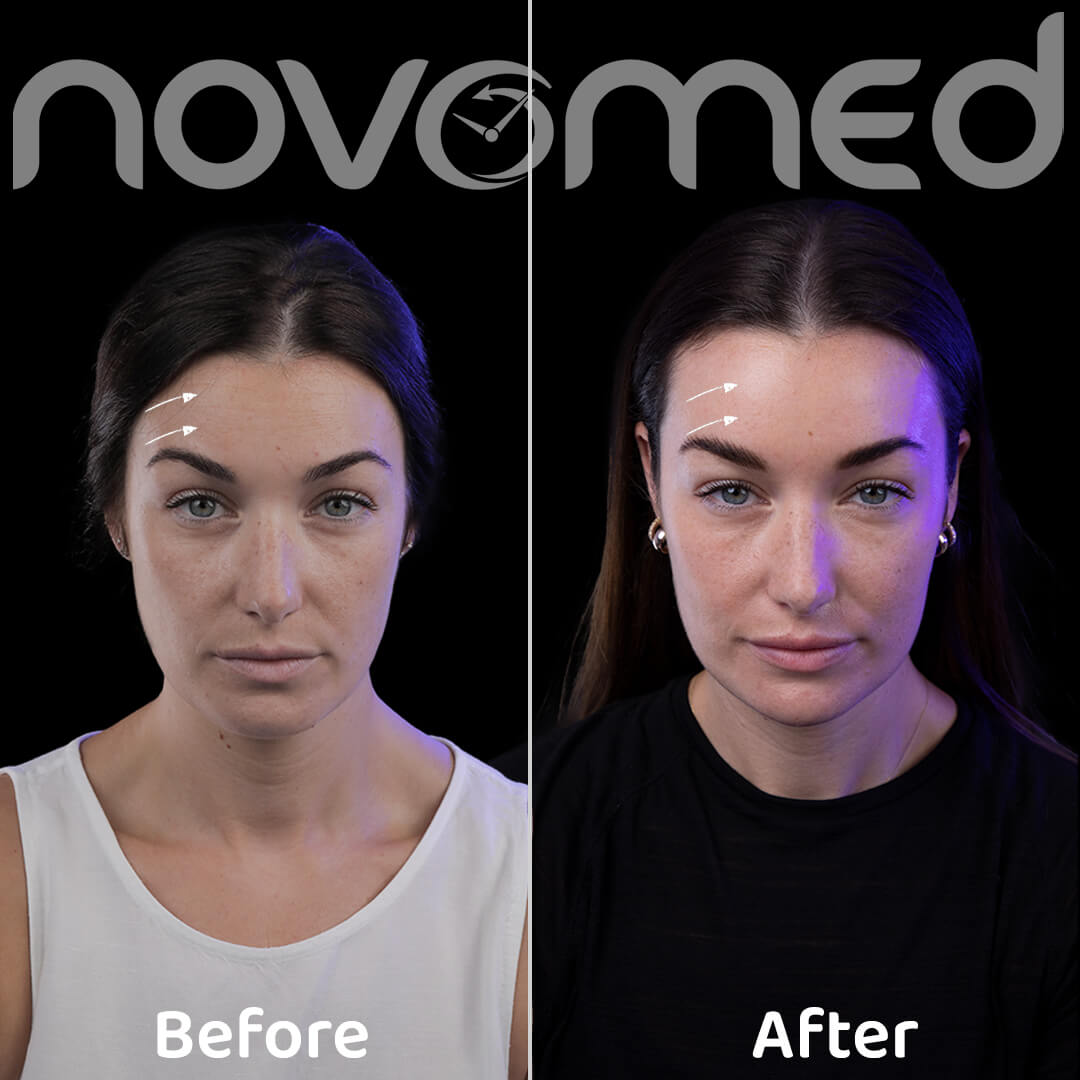Overview
Peyronie’s disease is a disorder in which plaque (scar tissue) grows under the skin of the penis, in the tunica albuginea (a thick elastic membrane that extends the length of the corpora cavernosa penis), due to a penile injury or an autoimmune condition.
This disorder leads to bothersome symptoms, such as curved and painful erections, making it difficult to engage in sexual intercourse. In most cases, Peyronie’s disease requires treatment to prevent it from worsening and alleviate symptoms.
What are the stages of Peyronie’s disease?
The two stages of this condition include:
- Acute phase: The plaque forms on the penis during this phase, which lasts anywhere from 5 to 18 months. When the scar tissue forms on the penis, it begins to curve, and erections become painful.
- Chronic phase: This phase starts after the scar tissue has stopped growing. During this period, penile curvature does not worsen, and penile pain subsides. However, erectile dysfunction (ED) may develop or worsen.
What are the symptoms of Peyronie’s disease?
Symptoms of Peyronie’s disease might emerge unexpectedly or develop over time and include:
- Penile curvature to one side, upward or downward
- Having difficulty getting or keeping an erection
- Penis shortening or narrowing
- Penile pain with or without an erection
How is Peyronie’s disease diagnosed?
During your consultation, the urologist will review your medical and family history, ask about your symptoms, and perform a physical examination. The examination will allow the doctor to determine the location and amount of scar tissue while your penis is not erect. The doctor may also request an ultrasound to inspect your penis while erect using an injectable erection-inducing medication to locate scar tissue and check how blood flows in your penis.
How is Peyronie’s disease treated?
Treatment for this disease is determined by how long you have had symptoms. Treatment options include:
- Oral medications (such as Tamoxifen and Carnitine) to reduce plaque size.
- Penile injections (such as Collagenase or Interferon injections) to reduce penile pain and curvature.
- Traction therapy. This method involves stretching the penis for at least 30 minutes per day with a self-applied mechanical device to reduce length loss and curving.
Surgical procedures that are commonly used for severe cases to help with the straightening of the penis include:
- Grafting: removing the plaque and replacing it with a piece of tissue taken from another part of your body.
- Plication: removing or pinching a section of the tunica albuginea from the side of the penis that has not been affected by scar tissue.
- Implants: inserting penile implants into the tissue that fills with blood during an erection for those who have Peyronie’s disease and ED.
Depending on the type of surgery you have had and the severity of your condition, the doctor will let you know how long you will need to stay at the hospital before going home and how long you will need to refrain from engaging in sexual activity.
Schedule your appointment at Novomed today!
To book an appointment with one of our expert urologists in Dubai or for more information about Peyronie’s disease Treatment in Dubai, call us toll-free on 800 (NOVO) 6686 or click the live chat icon at the bottom of the screen.









